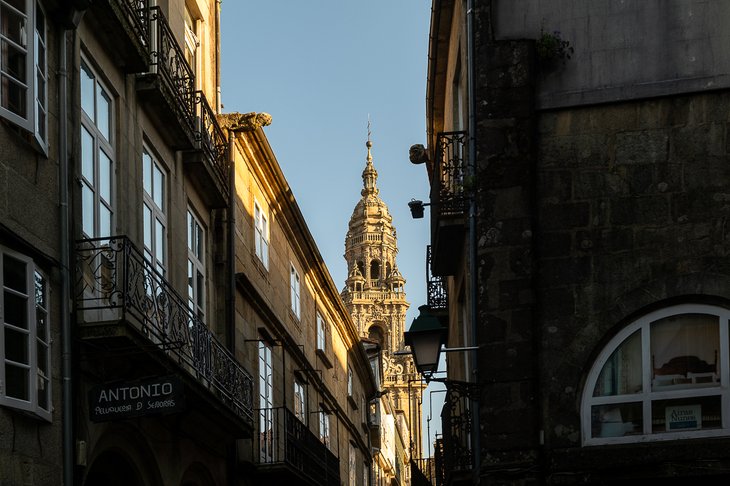Asset value of the historic route of Porto recognized in the Central Way of Santiago
Article

Miguel Nogueira
After the Portuguese Coastal Way, the Government has now certified the central itinerary that takes thousands of pilgrims to Santiago de Compostela every year. Recognition highlights the "high patrimonial value of the historical layout of Porto (between the north entrance of Luís I Bridge and Carlos Alberto Square)".
The certification of the Portuguese Way from Central Porto and North to Santiago de Compostela, which crosses 13 municipalities in an extension of 177.8 kilometres, highlights the “patrimonial, historical and cultural importance” of the route.
The Government states that, with the certification of this fifth path (the third in the north), it intends to “recognize and preserve the cultural and natural heritage associated with the Camino de Santiago and ensure adequate support services for pilgrims”.
"The justification of the antiquity of the itinerary and its consistent use up to the present part of studies that prove its regular use by people in transit between the Douro and Minho regions", he adds, referring to the Cathedral of Porto as an example of religious architecture on the way.
According to the document, published in Diário da República, "the fact that the route between Porto and Valença is the shortest and most rectilinear will have benefited from the investment in the infrastructure of the route during the medieval period, highlighting the 13th century as the ‘golden age’ for the construction of bridges".
Beginning in Oliveira de Azeméis, the Portuguese Way from Central Santiago Porto and North to Santiago de Compostela crosses the municipalities of São João da Madeira, Santa Maria da Feira, Vila Nova de Gaia, Porto, Matosinhos, Maia, Vila do Conde, Póvoa de Varzim, Barcelos, Ponte de Lima, Paredes de Coura and Valença.
The Government states that the certification has "the agreement of the municipalities crossed by it and presents conditions of safety, transitability, support and information equipment".
The Caminos de Santiago have been traversed since the beginning of the 9th century when the tomb of the apostle Santiago Maior was discovered in Santiago de Compostela. In 2022, Porto was the second city from which the most pilgrims left for Santiago de Compostela.